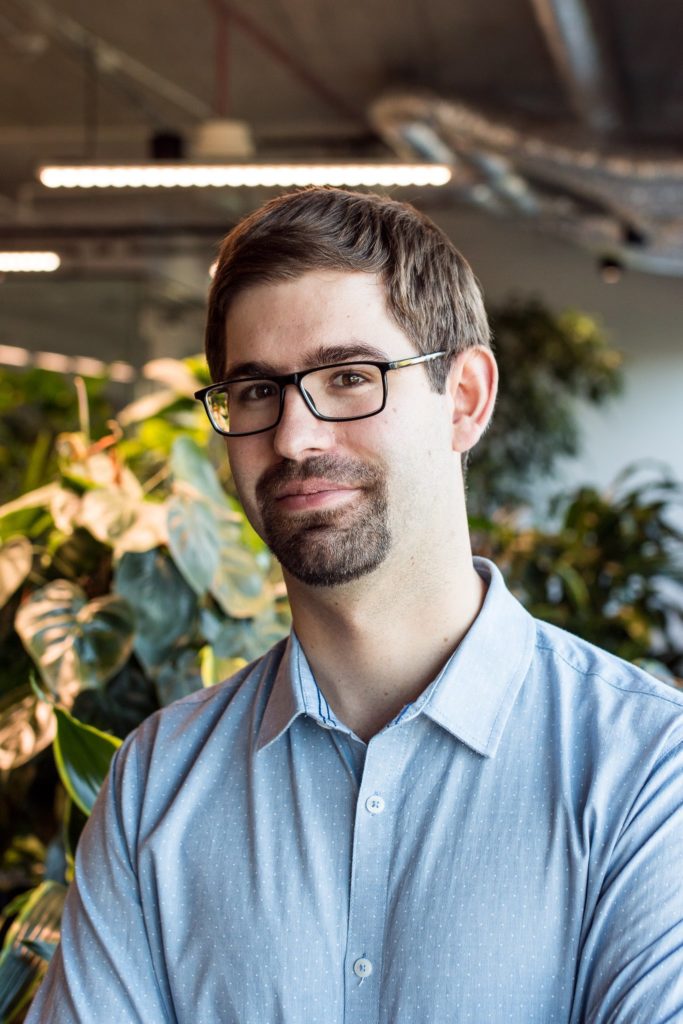Officials representing software company discusses AI applications in energy saving within the built-environment

Jerzy Biernacki
DUBAI, UAE 23 January 2020: The application of Artificial Intelligence would bring the most significant difference, in contributing to broader sustainability and efficiency targets, said Jerzy Biernacki, Head of Research and Development at Miquido a software solutions provider based in Krakow, Poland. “Only a few months back, the joint effort of the biggest names in AI resulted in a paper titled Tackling Climate Change with Machine Learning,” he said. “This paper points out the most significant areas in which Machine Learning, a branch of AI, can have a high impact in stopping climate change through effective engineering and innovative research.”
Biernacki emphasised that these includes segments such as electricity systems, buildings and cities, and industries among other sectors. “Let’s consider how energy is currently distributed, where the generated power must be equal to power consumption at any given time,” he said. “Being able to predict how much energy needs to be generated is crucial in energy saving. It gets even more complicated when we want to include renewable energy sources like solar panels or wind turbines because the amount of energy generated by them strongly depends on weather conditions. To be able to save energy we need algorithms that can predict both sides of this equation.” For traditional programming, Biernacki said, this might be too difficult. However. Machine Learning algorithms get increasingly better with predictions, given enough historical data, he emphasised. “Further investments and research in this area will result in reducing energy losses and allowing for a broader reliance on clean energy sources,” he said. “ML can also help maximise the power generation and cost-effectiveness of nuclear power plants.”
Biernacki said that while many customers and end users from the construction sector, be it utilities or manufacturers, are aware of the importance and value of digitalizing operations the level of awareness varies greatly. “Some come with a little more than an idea, and some come with detailed specifications and a development plan,” he said, sharing the company’s experience as a software producer. “What we offer is a full support for both startups and global brands at each stage of their product’s development. If a client does have clearly defined goals we help validate them, and if one doesn’t, we help them shape their vision into products that fit the market.” This, he said, is achieved through product discovery workshops, product design workshops, design sprints and other similar exercises. “These workshops help our clients understand their goals, conditions on the market and design high-quality software products,” he said. “Every client is different and every project is unique so we tailor our tools for each case.There is also a Research and Development team that offers its services in Proof of Concept implementation and feasibility studies. The first one includes rapid idea prototyping that allows us to validate business concepts. The second is about verification of the ideas from a technical point of view. Both let our clients reduce unnecessary costs and minimise the risk of business and technological failure.”

Jarosław Bodnar
Weighing in Jarosław Bodnar, Head of Operations, Miquido said that admittedly, deciding which technology to choose at the start of the project isn’t an easy one. “It is a compromise between the budget, the timeline and the awareness of the client,” he said. “By this, I mean the idea that investing in the project doesn’t end after meeting the deadline and delivering MVP. Since without constant delivery the client is behind the competition. Awareness means choices. And having a Time and Material model with companies have this flexibility. Since you are focusing on what’s important at this moment and you are not wasting time on discussions about what you agreed on before.” Bodnar also emphasised that successful clients are those that ready to choose. “Our most successful clients are those who are keeping the teams for years,” he said. “And these teams have already rewritten the solution a couple of times to meet business needs” Bodnar stressed that such an approach leads to stronger competitive advantage. “Technology is getting older, and there is no escape from it,” he said. “The choice is yours.”
Hannah Jo Uy is Assistant Editor at Climate Control Middle East magazine. She may be contacted at hannah@cpi-industry.com
Copyright © 2006-2025 - CPI Industry. All rights reserved.